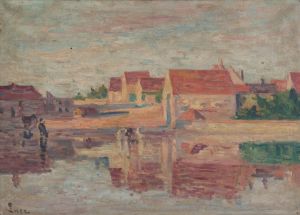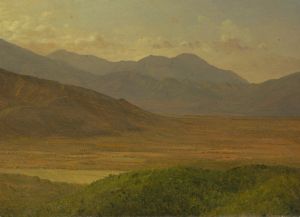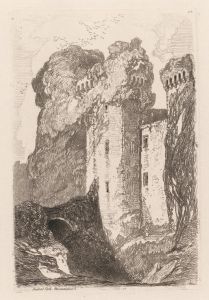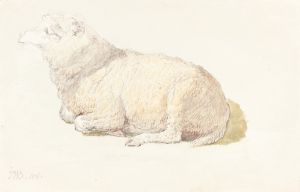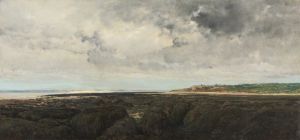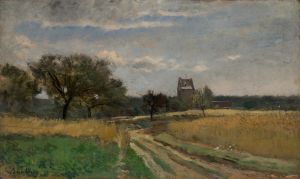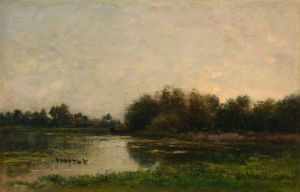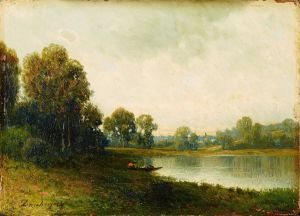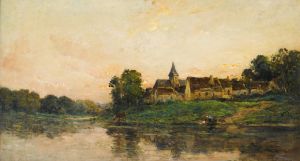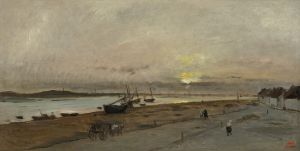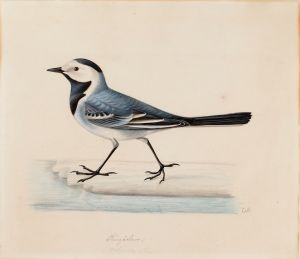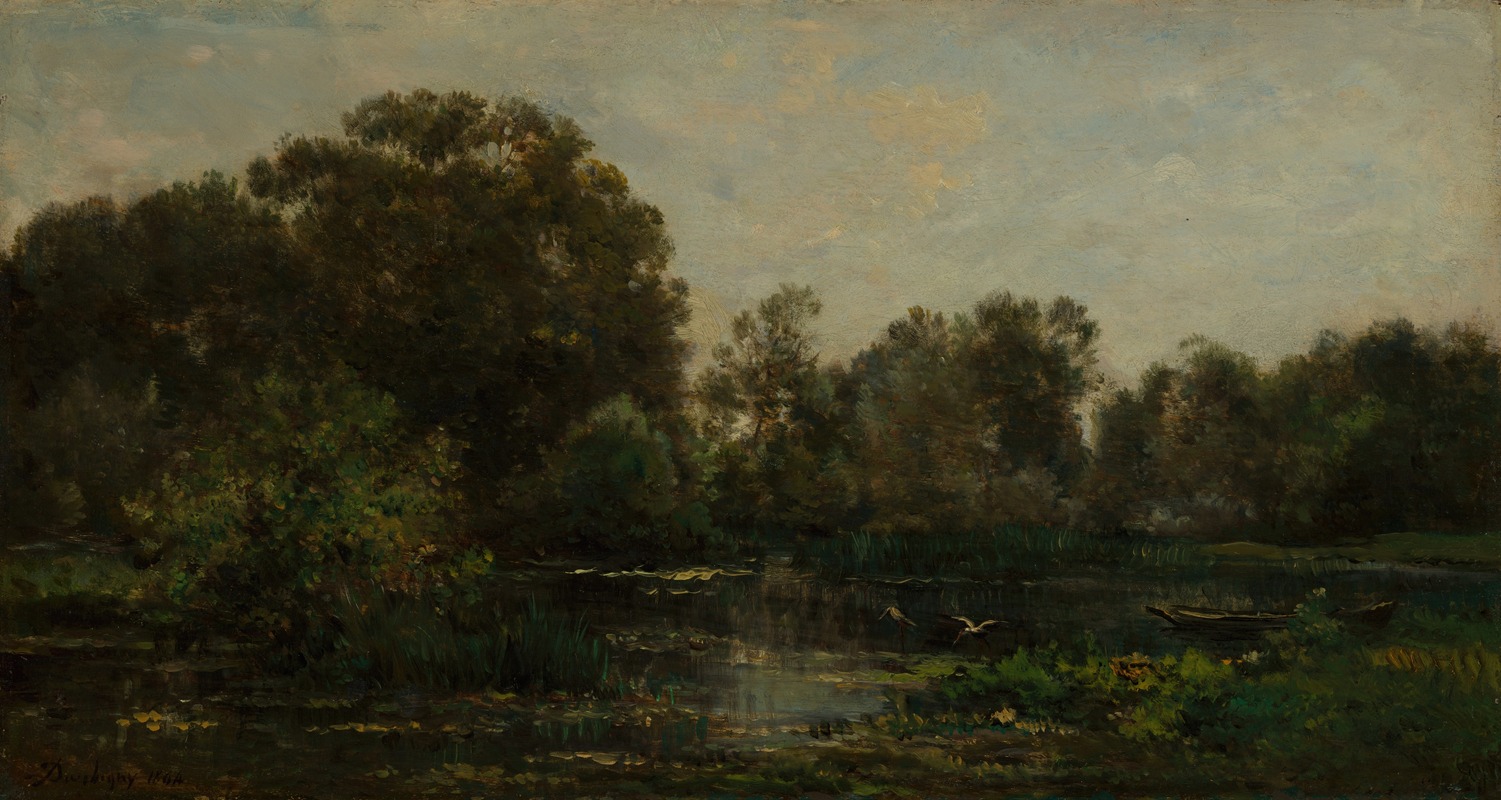
A River Landscape with Storks
A hand-painted replica of Charles François Daubigny’s masterpiece A River Landscape with Storks, meticulously crafted by professional artists to capture the true essence of the original. Each piece is created with museum-quality canvas and rare mineral pigments, carefully painted by experienced artists with delicate brushstrokes and rich, layered colors to perfectly recreate the texture of the original artwork. Unlike machine-printed reproductions, this hand-painted version brings the painting to life, infused with the artist’s emotions and skill in every stroke. Whether for personal collection or home decoration, it instantly elevates the artistic atmosphere of any space.
Charles François Daubigny (1817–1878) was a prominent French painter associated with the Barbizon School, a movement that emphasized naturalism and was a precursor to Impressionism. Daubigny is renowned for his landscape paintings, which often depict serene and bucolic scenes of the French countryside. One of his notable works is "A River Landscape with Storks."
"A River Landscape with Storks" exemplifies Daubigny's mastery in capturing the tranquil beauty of nature. The painting portrays a peaceful riverside scene, characterized by its meticulous attention to detail and the harmonious composition of natural elements. The presence of storks adds a dynamic yet serene aspect to the landscape, emphasizing the coexistence of wildlife and the natural environment.
Daubigny's technique in this painting reflects his broader artistic approach, which often involved painting en plein air (outdoors) to capture the immediate effects of light and atmosphere. This method allowed him to convey the transient qualities of nature, such as the changing light and weather conditions, with great authenticity. His brushwork in "A River Landscape with Storks" is both delicate and expressive, contributing to the overall sense of calm and natural beauty.
The Barbizon School, to which Daubigny belonged, was named after the village of Barbizon near the Forest of Fontainebleau, where many of its artists gathered to paint directly from nature. This movement marked a departure from the formalism and idealized landscapes of earlier periods, favoring instead a more realistic and intimate portrayal of the natural world. Daubigny, along with other members of the Barbizon School, such as Jean-Baptiste-Camille Corot and Théodore Rousseau, played a crucial role in this shift towards naturalism.
Daubigny's influence extended beyond the Barbizon School, impacting the development of Impressionism. His innovative use of light and color, as well as his commitment to painting outdoors, inspired younger artists like Claude Monet and Vincent van Gogh. In fact, Daubigny and Monet shared a mutual admiration, and Daubigny's work is often seen as a bridge between the Barbizon School and the Impressionist movement.
"A River Landscape with Storks" is a testament to Daubigny's ability to capture the essence of the natural world with sensitivity and precision. The painting not only reflects his technical skill but also his deep appreciation for the tranquility and beauty of rural landscapes. Through his work, Daubigny invites viewers to experience the serene and timeless qualities of nature, encouraging a deeper connection with the environment.
Today, Charles François Daubigny's paintings, including "A River Landscape with Storks," are celebrated for their contribution to the evolution of landscape painting in the 19th century. His works are held in high esteem and can be found in major art museums and collections around the world, where they continue to inspire and captivate audiences with their serene beauty and masterful depiction of the natural world.





